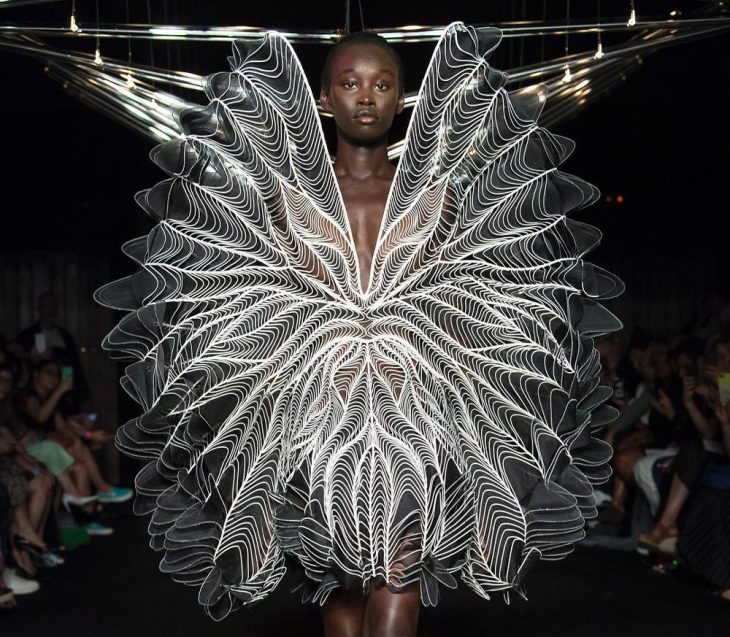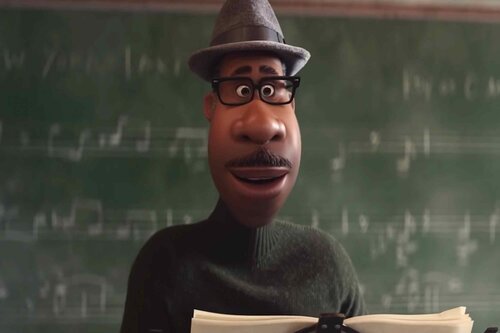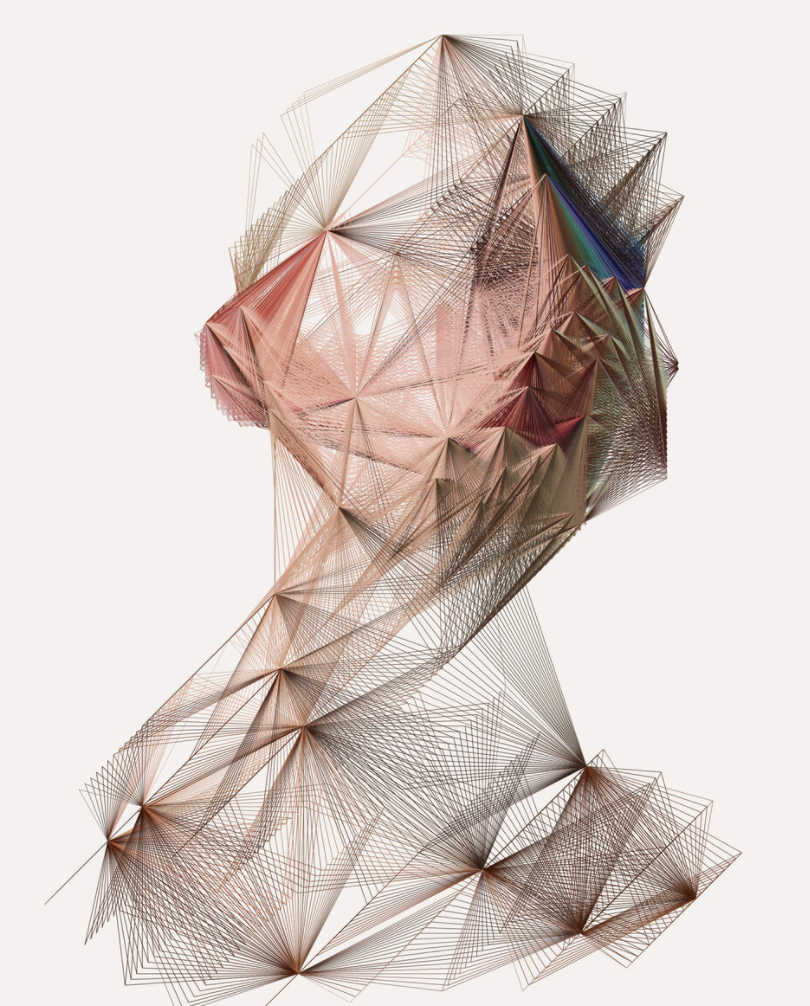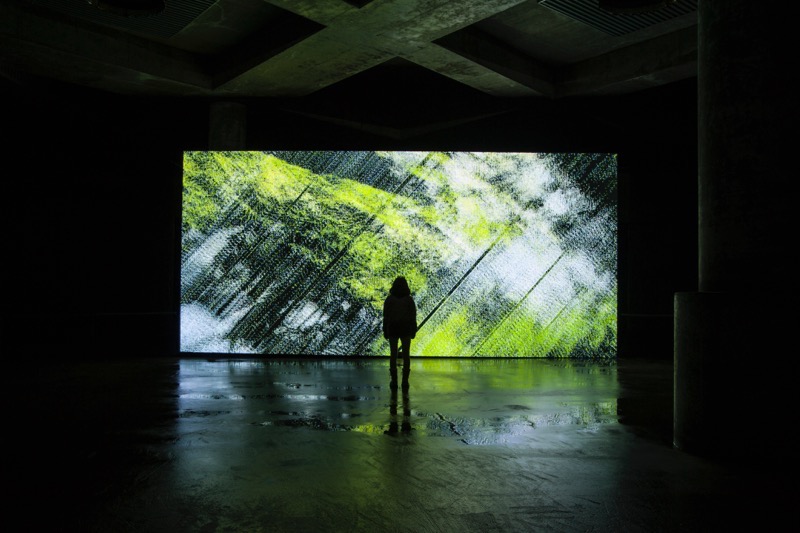Iris Van Herpen’s Computational Couture
As a foremost, I admire the aesthetic beauty and its gracefulness of the designs themselves – along with the serenity and eeriness her lines, especially this one, brings out in the show. I have always been interested in fashion and as an architecture major, the two seem to be a great successful collaboration done by Iris Van Herpen.
There were numerous people involved, including the designer herself, cloth makers, computational designers, music artists etc. I assume each piece takes weeks or months to come up with and finish.
I believe this project consists of many different softwares including revit, grasshopper, rhino, javascript, etc. From my research, the designer seems to have created the project using her own creativity and influences from her personal experiences in life.
The designer, mentions, is influenced by little things in life such as umbrella hooks, hair pins, etc.

![[OLD FALL 2020] 15-104 • Introduction to Computing for Creative Practice](https://courses.ideate.cmu.edu/15-104/f2020/wp-content/uploads/2021/09/stop-banner.png)


